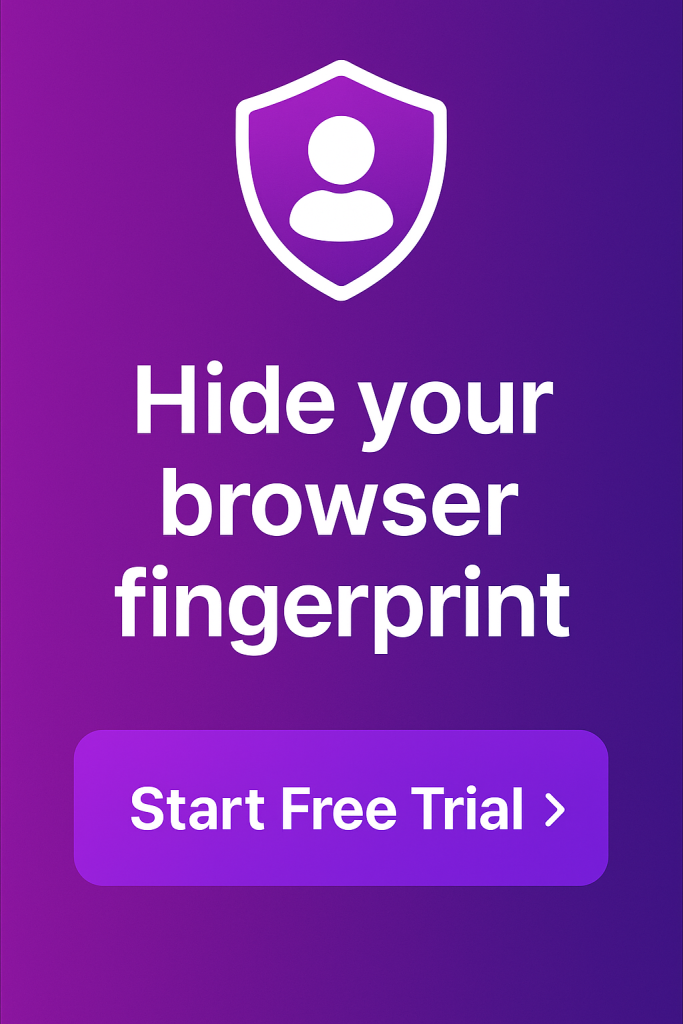Before we delve right into the topic, let’s look at what they are. A VPN, short for Virtual Private Network, is a method of connection that adds security and privacy to a public or private network. Users looking to learn how to hide an IP address usually start with a virtual private network (VPN).
Incogniton and VPNs are used for anonymity and also to protect sensitive data, but for generally different scenarios. They both add an extra layer of security to their network -by letting you use different IP addresses and locations. Incogniton, on the other hand, is a secure browser tool that also lets you use multiple accounts safely, in addition to the anonymity function. Let’s see the differences between these two important tools.
The use of VPNs
A VPN service grants you privacy on the network by creating a secure and encrypted connection tunnel between your device and the destination (web URL you’re trying to reach), such that your data and traffic cannot be read by anyone other than for who it was intended. We went more into VPNs on the post on how to hide an IP address.
When data is sent from your device, the VPN software encrypts the data even before your ISP, Wi-Fi provider or network administrator sees it. The data then tunnels through a VPN server before getting to the destination. This server makes it difficult, if not impossible, for the target to see where the original request was made. The destination would only see whatever information the user configures on their VPN.
The use of Incogniton
Incogniton is an entirely different beast, apart from its core function of allowing you to use different accounts on one browser easily, it also performs some of the functions of a VPN. This is not to say that the browser can entirely replace a VPN, but using both tools will build tougher walls to protect your browsing session.
Some useful features of Incogniton include the following:
- With Incogniton, you can replace multiple computers with virtual browser profiles. You can also collaborate in a team and develop web automation flows.
- Modify your session fingerprint.
- Log into multiple website accounts on one browser easily without the risk of getting banned. The multiple browser environment isolator creates and saves your cookies and session data in separate virtual browser profiles.
Anti-Detect Browser for Multi-Account Management
Manage unlimited virtual profiles for easy multi-account management. Safe and anonymous. Ideal for teams and individuals. Download and try for free now!

Comments are closed.